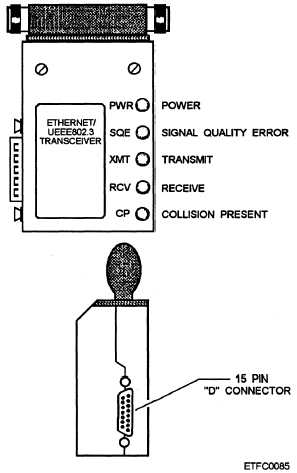Figure 7-24.—Ethernet/IEEE 802.3 transceiver.
Centronics Parallel
The Centronix compatible parallel channel is the
alternate interface to the RS-232 on many
microcomputer systems. This channel type is designed
to transmit parallel 8-bit bytes over eight data lines
simultaneously. The Centronics compatible channel is
a single direction channel (output only) as far as data is
concerned. Centronics Compatible Parallel uses a
command/acknowledge protocol. There are several
control signals sent to the receiving device and status
signals returned from the receiving device. We cover
signal designation under parallel operations of single
cables.
ST-506/412
The ST-506/412 interface was developed by
Seagate Technology, Inc. It is often used in the hard
disk drives installed in older IBM-compatible desktop
computers that have a maximum capacity of 125
megabytes. It is also the interface used to control most
floppy drives today.
This is one of the interfaces where most of the
electronics is actually on a controller card mounted in
the host computer. With this interface, the controller
card does most of the work (moving the magnetic head,
spinning the disk, and so on). The controller card also
cleans any data coming from the disk drive by stripping
off the formatting and control signals that were used to
store the data onto the hard drive.
A hard disk drive is connected to the controller card
in the host computer via two ribbon cables (a 34-pin
control cable and a 20-pin data cable). Floppy drives
use only the 34-pin control cable to transfer both data
and control signals.
When this interface was originally developed in
1981, its 5-megabits per second transfer rate was
considered too fast. It was actually slowed down by a
6:1 interleave factor so it could operate with the
computers being built at the time. With today’s transfer
rates pushing the envelop at 24 megabits per second,
you can see that it is now one of the slowest interfaces.
Enhanced Small Device Interface (ESDI)
The enhanced small device interface (ESDI) is an
optimized version of the ST-506/412 interface. The
main difference is that with ESDI, most of the disk
drive’s interface electronics is located in the disk drive
itself, rather than on a controller card in the host
computer. The result is a much faster transfer rate and
more hard disk capacity. ESDIs have a transfer rate of
up to 24 megabits per second. And, they can handle
disk drives with a maximum capacity of 1.2 GB
(gigabyte).
The ESDI uses the same interface cables as the
ST-506/412 interface, but that is where the similarity
ends. With ESDI drives, only the clean data is sent to
the controller card in the host computer. All formatting
and control signals are stripped off at the hard disk
drive.
Integrated Drive Electronics (IDE)
The integrated drive electronics (IDE) interface
was developed as a result of trying to find a less
expensive way to build computer systems. It includes
all of the controller card electronics in the hard drive
itself; thus, the hard drive does all the work.
The hard disk drive connects to the host computer’s
bus with a 40-pin ribbon cable. The ribbon cable
connects directly to either a 40-pin connector on the
host computer’s motherboard or a 40-pin connector on
7-27

